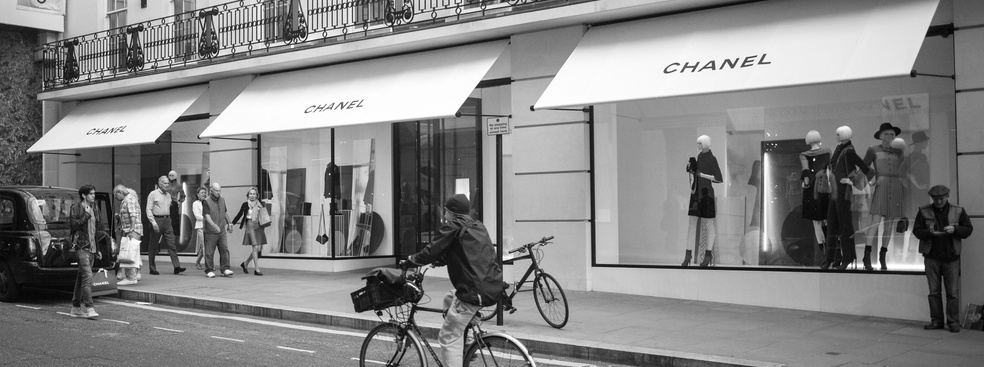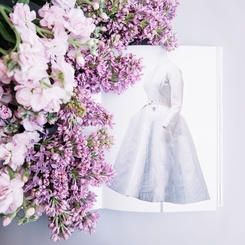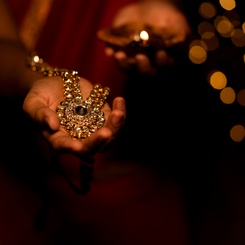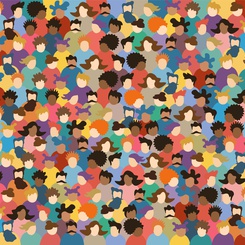"I am a one-man multinational fashion phenomenon, and delighted to be one.” Karl Lagerfeld said in 2017. At age of 85, the designer had inexhaustible energy. One of his latest collaborations was with the influencer Olivia Palermo. Karl Lagerfeld said once that he was immortal and yet, here we are, the Kaiser died on February 19. He was often described in grandiloquent terms - the maestro of fashion, a sacred monster of fashion, prodigy, etc., but in 37 years, he has certainly had the time to establish his identity and a solid presence on the international scene. We cannot help but wonder: “Will Chanel survive the loss of its charismatic artistic director?”
“I am like a Machine” (Karl Lagerfeld)
Born in Hamburg, Germany, to a wealthy family, Karl Lagerfeld is raised by strict and severe parents who forged his character. From them, he inherited his taste for clothing and originality.
In 1952, he leaves Germany with his mother and moves to Paris. In 1954, he wins his first prize for a sketch submitted to the coat category at the Fashion Design Competition in Paris. Pierre Balmain, a member of the jury, hires him as an assistant in 1955. In 1983, Karl Lagerfeld becomes the creative director of Chanel which was experiencing financial difficulties at the time and considered a near-dead brand. On becoming the creative director, he redresses the brand and for more than 30 years has been perpetuating the spirit of Coco Chanel by reinterpreting the fashion house’s famous tweed. But Karl Lagerfeld did not stop there.
More than a creative director, Karl Lagerfeld was also a fashion designer, an artist, a photographer, an editor and a film producer.
The Creative Director at the Hearth of the Brand
Creative directors are essential for human brands, namely brands whose identity is rooted in strong characters such as the character of Gabrielle Chanel, Christian Dior or Yves Saint Laurent, to name a few. They embody and perpetuate the aura of the founding couturier. For more than 30 years, Karl Lagerfeld has upheld essential values and managed to preserve Coco Chanel’s heritage. He has never stopped reinventing the brand while working with recognizable historical items. He breathed life into it. He said of Gabrielle Chanel: "My job does not consist in replicating what she did, but in creating what she could have created. CHANEL is an idea that can be reinterpreted indefinitely ". This is how he revived a heritage brand.
Over the years, Karl Lagerfeld has become increasingly important. He has been the embodiment, if not the reincarnation, of Chanel’s values and aesthetics to a point that he came to be seen as her spiritual son. Is it even possible to imagine the brand without its famous fashion designer?
Dignitas non moritur (The King Never Dies)
Strengthening and sustaining the artistic director's aura is essential for luxury brands in order to establish their reputation over time. But it is a double-edged sword. With pivotal and strong figures such as Karl Lagerfeld or John Galliano and Hedi Slimane, one cannot help but wonder if the brand has the tools to survive the departure or the disappearance of the artistic director. What does a Chanel without Karl Lagerfeld look like?
The departure of such a charismatic creative director with strong online and offline media presence can be very difficult to handle. The case of Lanvin is quite emblematic. Since the departure of its artistic director Alber Elbaz, the brand has sunk. His successors have simply failed to carry on the brand’s tradition.
Nevertheless, there are a few examples of brands that have survived the departure of their artistic director. This is, for example, the case of Dior. The artistic directors have managed to embody the couturier’s aura. Each and every one of them has offered a different interpretation of the brand's heritage. Thus, even if the departure of the artistic director can be challenging in the short term, it also constitutes a real opportunity for renewal. A new artistic director stands for a new, full of promise source of inspiration.
In a dynasty where one king succeeds the other, one is tempted to say "The king is dead, long live the king". Or should we say instead "The king is dead, long live the queen"? Because Virginie Viard, Director of Chanel’s Fashion Creation Studio, has been entrusted with the creative work for the collections, “so that the legacy of Gabrielle Chanel and Karl Lagerfeld can live on” as Chanel’s official press release stated.








